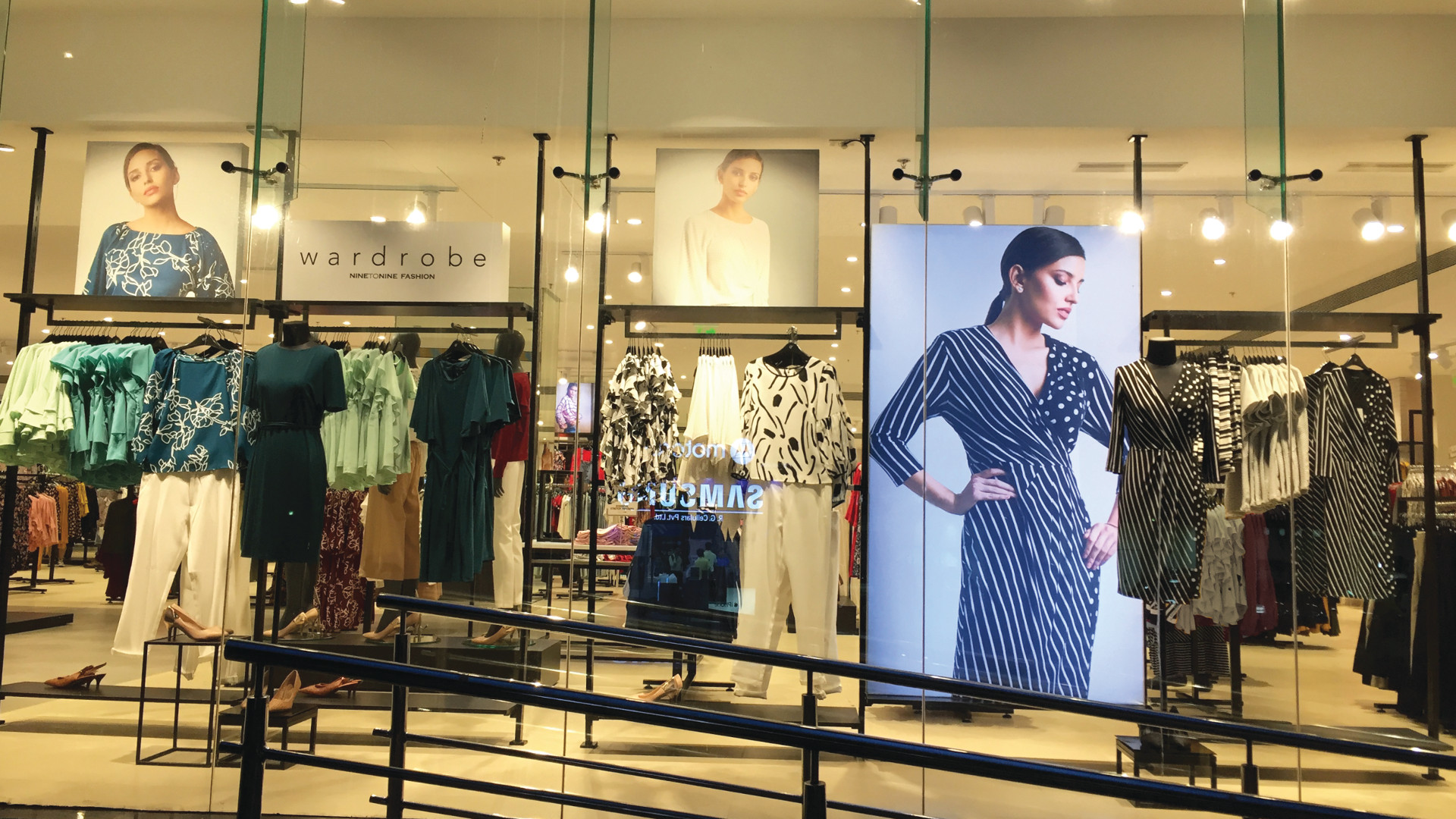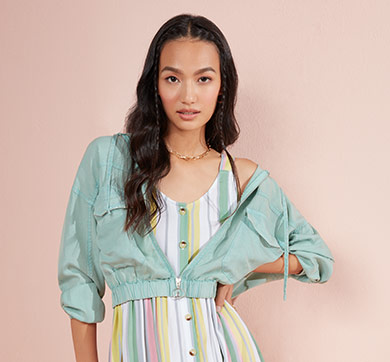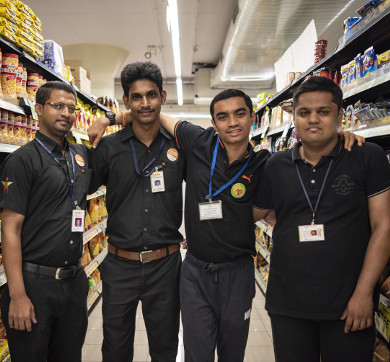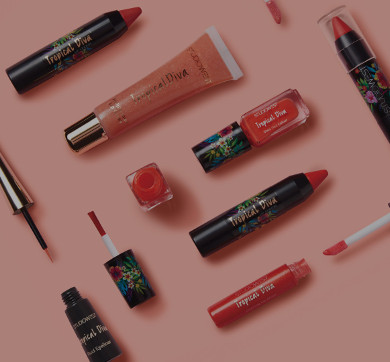September 2019 | 1406 words | 6-minute read
In the late 1990s, the popular Indian female attire the salwar kameez came apart. The dupatta was set aside, ‘the bottom’ evolved to what is now known as the leggings, palazzos and pants, while the top metamorphosed into the era-defining garment, the kurti. Teamed with jeans, it was hip; with a silk dupatta, classy; and with a skirt, edgy.
The kurti changed the Indian ready-made garment sector. Leading this fashion revolution — from a store in south Mumbai’s Hughes Road precinct — was Tata group’s flagship retail store Westside. Its trademark kurti was sold under the same brand name, Westside.
Twenty years on, Westside kurtis are still snapped up, and the retail store is now a chain of large-format department stores with 28 in-house brands and 132 stores across the country. This Tata enterprise is synonymous with the group’s retail business, contributing 96 percent of Trent revenue, the retail arm of the Tata group. It retails home products; apparel for men, women and children; footwear and accessories.
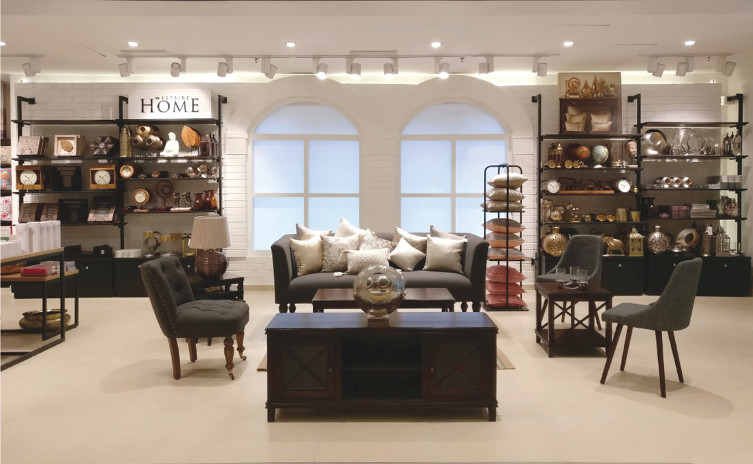
Being a private label
Unlike other retail chains, Westside has positioned itself as a private label with 97 percent in-house brands, with a few exceptions in the beauty segment. The strategic decision made way back in the ’90s has helped the chain carve a niçhe for itself. Be it Bombay Paisley, the Indian fusion-wear brand; or the office-wear brand Wardrobe or Nuon for youth; or the men’s range E.T.A and Ascot; or Gia, the brand for plus-sized women — each of them have the hard-to-miss Westside signature in its cuts, designs, patterns and pricing.
Although the Westside home furniture and furnishing line Westside HOME, shoes line Luna Blu and accessory line, which includes bags and other trinkets, make a smaller contribution to the company’s revenue, the signature style is always evident. Here, too, the company stays relevant with latest trends and styles. The home section, deserves a special mention as during sale time, it is often the first section to be sold out.
Priced moderately, Westside, over the years, has garnered its own set of loyalists, who prefer the blend of cutting-edge fashion with a touch of Indianness. “Having our own brands has allowed us to build from scratch — from the design, look and feel to target segment, fabric, production and placement. In fact, we have category heads who work with their individual designers, sourcing teams and buying teams, making it possible for us to bring new lines to the customers every Friday,” says Krithika Sriram, head of marketing, Westside.
“When I joined 19 years ago, there was no ethnic line, everything was clubbed under women’s wear. I started the mix-and-match section under the Westside label and, over the years, we have developed so many different brands. We have created a niçhe for ourselves, despite the competition,” says Madhulika Damani, buying head, ethnic wear, Westside, that contributes the largest share to the Westside sales and revenue.
The flexibility and agility that comes with owning brands is tremendous for any retailer. Where you are otherwise dependent on other brands to offer something fresh periodically, at Westside, the ownership of each process has allowed the store to invent and reinvent constantly. For instance, the fresh line of products every Friday is possible simply because, “we do everything in-house and that cuts down our time-to-market drastically,” says Ms Sriram.
Owning the value chain
With online fashion stores and a million brick-and-mortar shops, the apparel business is an extremely competitive one. At Westside, apparel and innerwear contributes to 79 per cent of sales.
Fashion is changing even as you read this article, and to be on top of changing trends, owning the entire value chain is key.
Owning the value chain has helped the company have stricter processes and controls on quality and timelines. Sophisticated fashion forecasting models; designers travelling to fashion capitals across the globe to imbibe ideas and styles; teams sourcing raw material from the remotest parts of India; buyers meeting artisans and vendors across the country has made it possible for Westside to remain fast and fashionable.
“We largely work on two seasons: spring-summer and autumn-winter. But during the season we make a lot of changes, which makes it interesting. We observe how a certain style is performing or if there is a certain colour palette that isn’t working and quickly make changes whilst the season is on,” says Umashan Naidoo, buying head, men’s wear & cosmetics, Westside. “We also take fashion cues from what’s happening around us and incorporate that.”
The styles that make it into the shopping basket go through a rigorous process of approvals, starting with the blue seal, silver seal and the final gold seal — each seal, a level of approval for pattern, design, colour palette, etc. At every step, designs and styles are vetted, just so that they remain fresh and in tandem with fashion trends.
How to be Fast N Fab
Fast fashion is a contemporary term used by fashion retailers for designs that move quickly from the catwalk to high street fashion stores.
Westside took fast fashion a step further by being the first Indian company to launch the Fast N Fab concept. For their power brands, which cater to the youth segment, key catwalk trends are taken from ideation to store racks in 12 days. A capsule collection of three to four looks in each brand hits select stores on the third Friday each month.
Day 1: The process is initiated through a creative meeting where ideas are presented. Once approved, the tech packs are created.
Day 2: The factory receives the tech packs and creates samples.
Day 3: The samples are checked and signed off.
Day 4-7: The garments get into the production cycle.
Day 8-10: The garments are packed and transferred to stores. Samples are shot in the in-house studio.
Day 11-12: The garments are sent to the stores for display.
Changing perceptions
Once viewed as staid and predictable, Westside has changed its perception among shoppers over the last two decades. The ‘value for money’ tag still sticks, but the styles have gotten bolder, cuts edgier and colours funkier. The chain’s Fast N Fab concept is one such model that has shaken things up.
Available only at the top 20 stores of Westside, Fast N Fab brings the latest fashion trends from the design room to the store in just 12 days. “It’s in limited quantity; but if it does well, then we try to replicate and have it in larger stock across all stores,” adds Ms Sriram.
Another of its innovations is the trending-across-the-globe ‘mini-me’ range for children. Westside too has a ‘mini-me’ line — chino trousers and polo necks for kids who want to imitate their dad’s Friday-dressing or Utsa dresses for little girls.
“When I joined the company, I was told that in India fashion catches up in a year’s time but that’s not true; ‘mini-me’ is trending across the globe and here we are selling the same concept and it’s doing very well. In some ways, we are following the exact same trends that are happening in New York or Paris. Our response is immediate, that’s what we mean by Fast N Fab,” says Olivier Chaland, buying head, women’s western wear and children’s wear, who moved to India seven years ago.
While Westside isn’t known for aggressively marketing itself, its digital channels are making quite a buzz. The #StretchYourStyle campaign for Nuon has garnered immense recall with over 2 million views on Facebook. The brand is strengthening its youth conversations using newer communication platforms, to reach out to their prime target audience — the youth.
Designing its stores
The Westside story is incomplete without the store design and layout. In 2017-18 alone, 20 stores were opened across metros and non-metros with the 131st store opening in Jamshedpur with a lot of fanfare.
As part of the journey to deliver a ‘fashion theatre’ experience, statement-making stores (with the average store being 17,600 sq ft in size), presence in marquee locations, striking window and in-store displays, exciting store ambience and convenience of shopping are some of the key parameters that Westside stores highlight.
“The idea is to never be cluttered, just an elegant space where you can shop. The endeavour is that the customer should not feel that they have entered just any department store, they should experience a fashion theatre in our store,” says Ms Sriram.
—Sanghamitra Bhowmik




